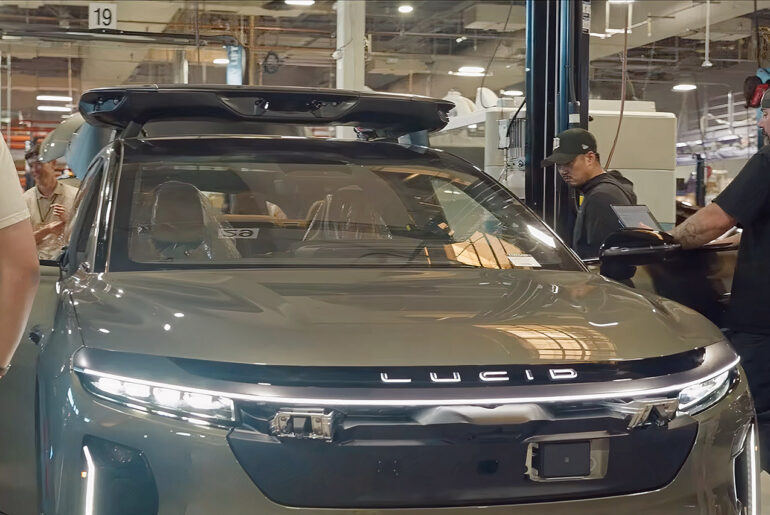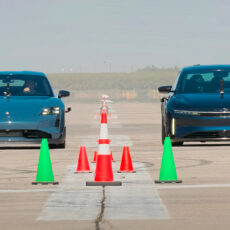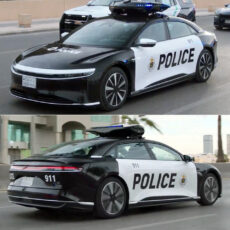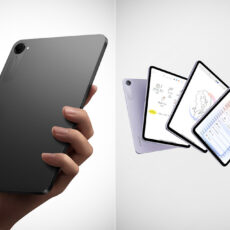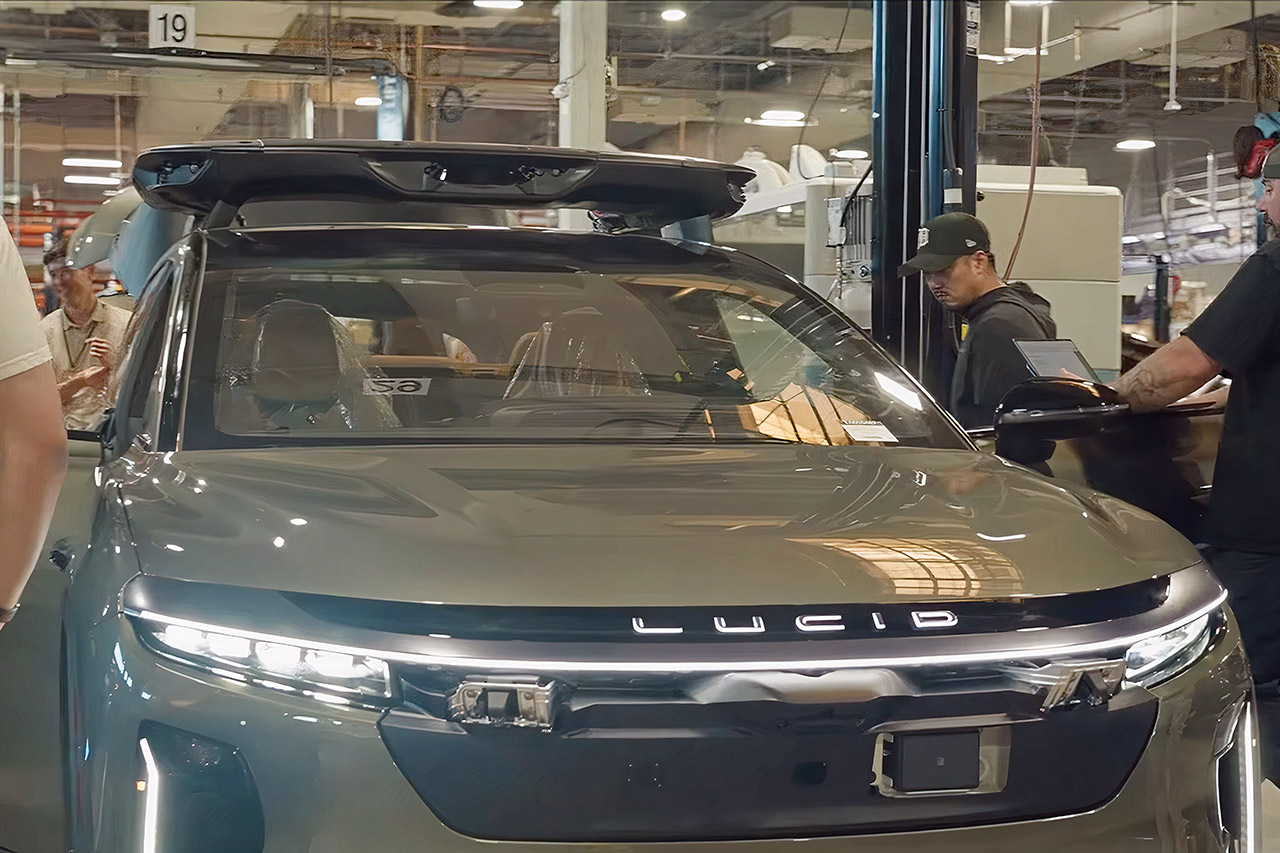
A sleek Lucid Gravity SUV rolled off the assembly line in Casa Grande, Arizona and was handed over to Nuro, marking the opening chapter of a partnership with Uber to deploy 20,000 self-driving taxis across the United States.
Lucid built this Gravity SUV in Arizona and then it traveled to Newark, California where Nuro’s engineers started turning it into a robotaxi. They installed an array of sensors – cameras, radar, LiDAR – to let the vehicle see and navigate the world without a driver. This first vehicle is an engineering prototype, future models will have Nuro’s tech integrated directly on Lucid’s assembly line, so the process will be much faster for the thousands of vehicles to come. Now parked at Nuro’s Santa Clara facility, the SUV is undergoing software integration with the Nuro Driver system being fine tuned for testing. If all goes according to plan, it will hit the streets as a fully autonomous taxi on Uber’s platform next year.
- 【Daily Partner】With a 36V/5.2Ah battery, this adult electric scooter offers up to 12 miles per charge. Quick 4 hours recharge means less waiting,...
- 【Affordable Electric Scooter for Adults】This 350W e-scooter reaches speeds up to 19 MPH, making commutes faster and budget-friendly.
- 【Adjustable Speed Modes】There are 3-speed modes from 7, 11, or 19 MPH with three speed settings to fit any terrain. Scooter can be paired with the...
Nuro, Lucid and Uber have set a goal of 20,000 robotaxis, with Nuro’s CEO hinting that the number could be much higher. To put that in perspective, Waymo, a leader in the autonomous vehicle industry, has fewer than 2,000 vehicles in select locations. Scaling to tens of thousands involves not only technological expertise, but also navigating regulatory hurdles, public distrust and the unexpected realities of city streets. Nuro’s track record provides some comfort – its self-driving delivery cars have been zipping around cities for years without human drivers. But a robotaxi transports people not pizzas.
Nuro’s confidence comes in part from its recent funding, a $203 million Series E that valued the company at $6 billion. Investors like NVIDIA, Uber and Baillie Gifford are betting on Nuro’s AI-driven strategy which combines cutting edge software with automotive grade hardware. Nuro’s Nuro Driver technology will be licensed to automakers and mobility providers and will make autonomy available in a range of vehicles including taxis and personal cars. This cash will help Nuro expand its partnerships, the Lucid-Uber deal is the company’s flagship.
Lucid sees this as an opportunity to flex its manufacturing muscle. The Gravity SUV with its spacious cabin and electric motor is the perfect vehicle for a robotaxi fleet. Unlike Tesla’s limited autonomous experiments in Austin which still require human safety monitors, Lucid’s vehicles are designed from the ground up for full autonomy. The partnership with Nuro, a company with years of real world self driving experience, and Uber, the ride-hailing giant, is a triple threat. Each brings something to the table: Lucid’s vehicles, Nuro’s tech and Uber’s platform to connect riders and cars.
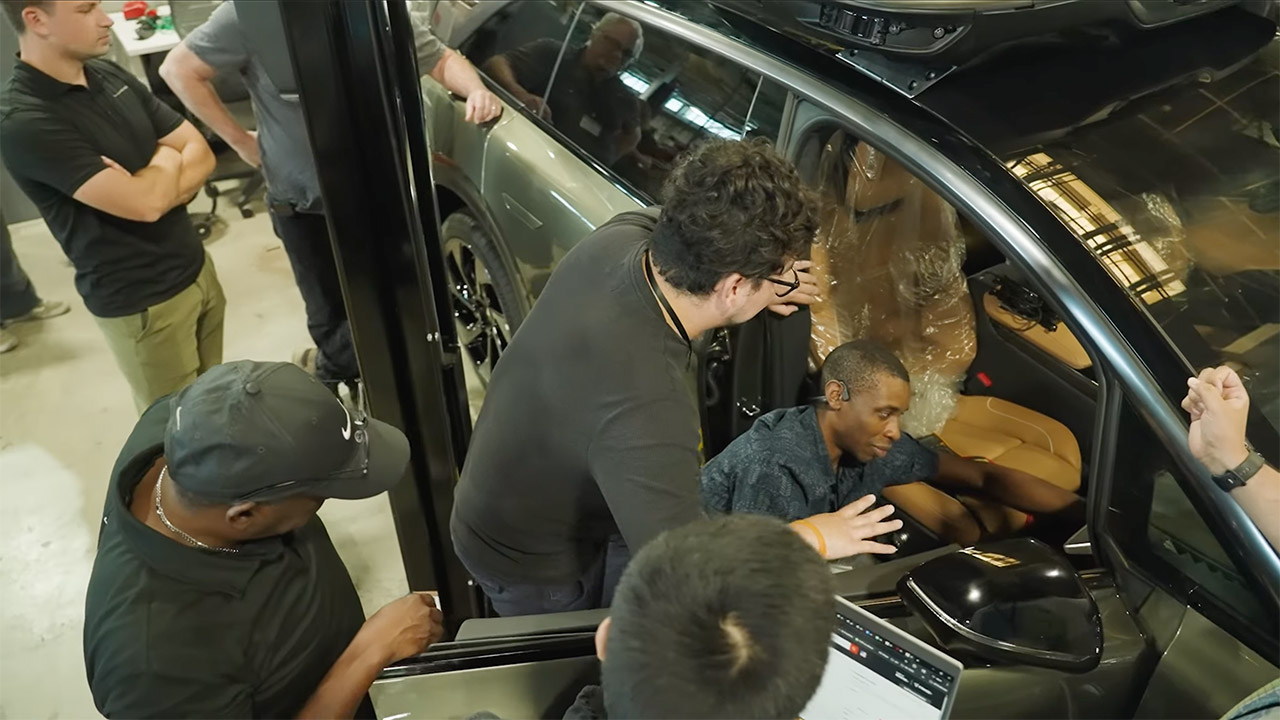
Testing begins now with Nuro’s engineers putting the prototype through its paces in Santa Clara. They’ll simulate city streets, throw in some curveballs like random pedestrians and make sure the vehicle can handle the chaos of real world driving. If this goes well, it could mean robotaxis on the road in a major US city by next year, but the companies haven’t said which one(s).

